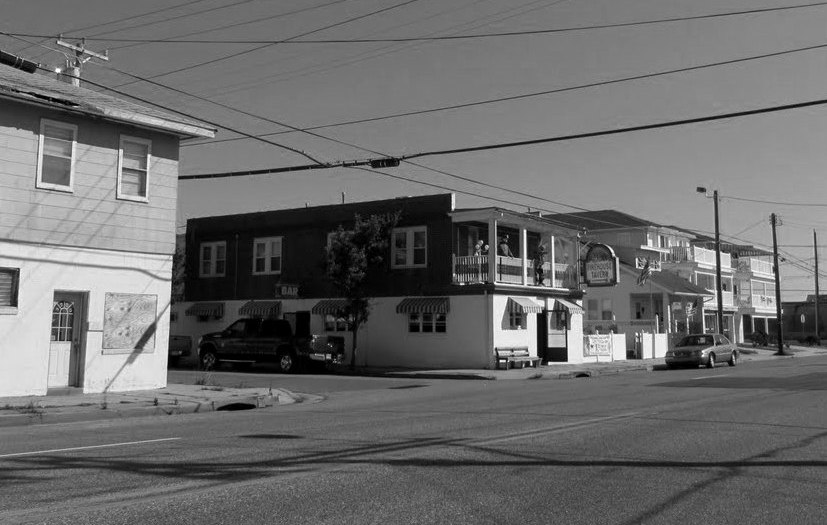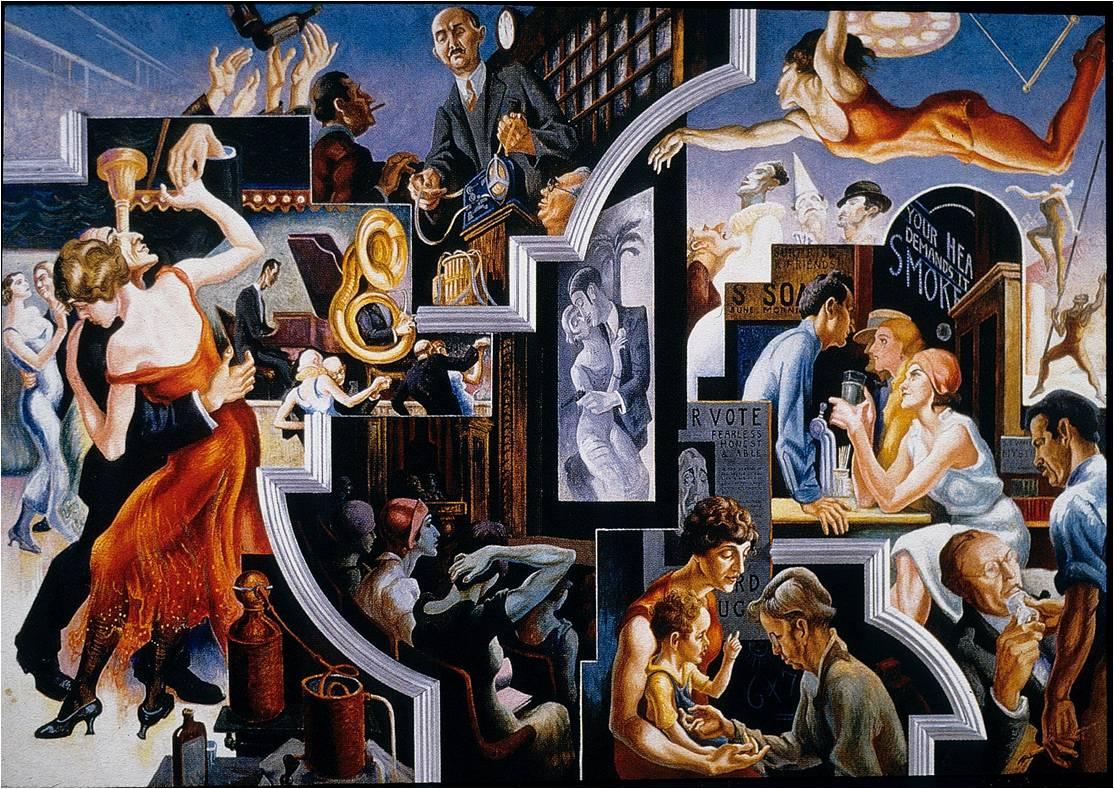 The most pivotal moment for me occurred during a downpour 30 miles southeast of Pittsburgh. It was nightfall, April 4th, and I had driven 500 miles, my first significant jaunt behind the wheel in more than a decade. The rain forced me to pull off in Belle Vernon. I felt groggy and listless and I hadn’t eaten well since morning. I checked into a Budget Inn, $64 plus tax. My debit card got rejected. One time, two times, three times, four. I contacted Wells Fargo, at which point I was informed there had been suspicious activity connected to my account. I confirmed a running list of transactions. And that was when the panic struck.
The most pivotal moment for me occurred during a downpour 30 miles southeast of Pittsburgh. It was nightfall, April 4th, and I had driven 500 miles, my first significant jaunt behind the wheel in more than a decade. The rain forced me to pull off in Belle Vernon. I felt groggy and listless and I hadn’t eaten well since morning. I checked into a Budget Inn, $64 plus tax. My debit card got rejected. One time, two times, three times, four. I contacted Wells Fargo, at which point I was informed there had been suspicious activity connected to my account. I confirmed a running list of transactions. And that was when the panic struck.
The wood paneling began to shimmy and both legs went damp like stew. What was I doing? Where was I going? I was unemployed, alone, traveling across the country, hemorrhaging money by the hour. What if I lost my wallet? What if my account got drained? What if that rental car fell into disrepair? What if it got totaled? What if I got totaled? Hurt? Impaired? Upended? What was I doing? Where was I going? The questions whirled like dervishes. And for a moment, the only defense that I could muster involved convincing myself that I would turn back come the following morning.
With the exception of one bachelor party in Las Vegas, I had never traveled beyond the east coast; had never experienced the grandiose trappings of America. I had anticipated the anxiety, sure, yet none of that seemed to matter now. I was in it, the whip of the storm, my back pressed to the wall as I settled slowly into breathing. Inhale-exhale, ease your body down in layers. Recalibrate your thinking; dial the hour back to zero.
I turned the bed down. I ordered a pizza. I took a quick shower. I watched Iron Man 3.
Eight days later I stood alone along the L. A. coast, so enthralled with Venice Beach I planned on moving there in 2019. Nine days, 16 states, the most rewarding nights I’ve ever known. This trip, it had proven much more liberating than I had assumed. I knew where I was now. I knew where I was going. I pulled out of Santa Monica, 3,000 miles left to toe.
***
The most pivotal moment for me occurred at 8 AM on August 16th, as I stepped onto the line for my first competitive race in 23 years. To call the race legitimate would be misleading, as the event was a 5K; a fledgling fun run meant to bolster the annual triathlon taking place on that morning. My body felt weary, having only slept for one night out of three. I had eaten next to nothing, causing lean muscles to stiffen and atrophy like glue. I had trained for six weeks. I had run a mile in 5:20. I had completed 70 miles worth of road distance in the week before I tapered. Part of me was ready. The remainder of me felt exhausted.
I ran horribly that morning, finishing in 21:38 (approximately 6:57 per-mile). There were excuses, a plethora of them, not the least which involved a sand-ridden course, accompanied by 20-mile-per-hour winds. Yet in the end, these elements did not seem to hinder top competitors. And while I proved fortunate enough to win a medal in my age group, it came at the expense of understanding I had failed.
That time – 21:38 – ate away at me to an extent I went out two-and-a-half weeks later – no wind, nor sand, nor hunger pains – and set it to pasture. I ran alone on that morning, in Central Park, equipped with nothing but a fuel band and an iPod Shuffle (I had been forbidden from wearing the iPod during my race). I completed 3.7 miles in 23:03 (approximately 6:11 per-mile). I did not bask in what I had accomplished. I had run much faster at 16.
***
The most pivotal moment for me occurred during the final week of October, when I realized that – for the first time since 1999 – I was in danger of not being able to pay all my bills. I had enjoyed a decent run since getting laid off in January of 2013. At one point I had $35,000 in my account. But most of that was gone now, depleted given the exorbitant cost of living in New York City. After a decade spent working without end, I had taken one year off to pursue several personal goals. I had become a better writer; I had become a more experienced man. Yet I needed to work, and so I did. First, I began writing for the Untitled Magazine. Next, I picked up a handful of one-off jobs handling copy. Third, I landed some contract work for a law firm that specializes in workers’ rights. The money was trickling in. But the problem was I needed it to flow.
I set a budget of $40 a week, all inclusive, with the exception of bills. I sold my Play Station. I sold my games. I read two books cover-to-cover while sitting in a Barnes & Noble, one hour at a time. I did my laundry in the bathtub. I let it dry over the sink.
There are levels to being poor, of course; a difference between going broke and being broke. At the age of 18, I was so broke I needed to steal in order to eat. At the age of 41, I was going so broke that every paper towel and tiny pill, every coffee ground and shave, began to feel more like an audit. Do I need this? Can I conserve it? What’s the cost-benefit? What other options do I have? Paying bills began to feel like playing hopscotch; accepting invitations, like a 10-lb. weight. Worse yet, it had become increasingly difficult to justify my delinquency, particularly to anyone who accepted no distinction between being poor and being cheap.
I was fraught with distraction, searching for answers as I wandered along Sheep Meadow one afternoon. There was an elderly couple in front of me – crisp shirts, matching pants – and as the path began to narrow, a trio of skaters hustled past. They spread their girth across the median, inadvertently forcing the couple into a fence.
“Goddammit!” the elderly man exclaimed. He tattooed the asphalt with his boot.
“Relax, Alvin,” his counterpart insisted. “We’ve got plenty of time, and there are roses left in bloom.”
I stopped along a bench to write it down. I think it might’ve been the sweetest thing
I’ve ever heard.
***
The most pivotal moment for me occurred this morning, when I woke up safe, at home, with a bit of money in the bank, some of which I had gone to significant measures to procure.
Toward the middle of November, my entire world had turned to shit. I was destitute. Expected checks were not arriving, unexpected debts had not been paid. Within a day or two, I had entered a familiar cycle – the lack of focus, the tightening of muscles, a constant, sometimes uncontrollable, urge to sleep. Every breath began to feel as if my lungs were filling up with water.
As a matter of necessity, I accepted a seasonal job selling Christmas trees. A few days later, I began to recover certain aging debts. I picked up some additional contract work from a second law firm. And slowly, ever-so-slowly, the wayward ship began to turn. Occasionally, on frost-bitten mornings when the wind bit tiny holes into my fingers, I’d set my worth upon the hook and sting of honest toil. I was outside, laboring in a seasonal trade, at Christmas time, in New York City. One year beyond the onset of midlife, it felt refreshingly like coming home.
Day 1,095
(Moving On is a regular feature on IFB.)




